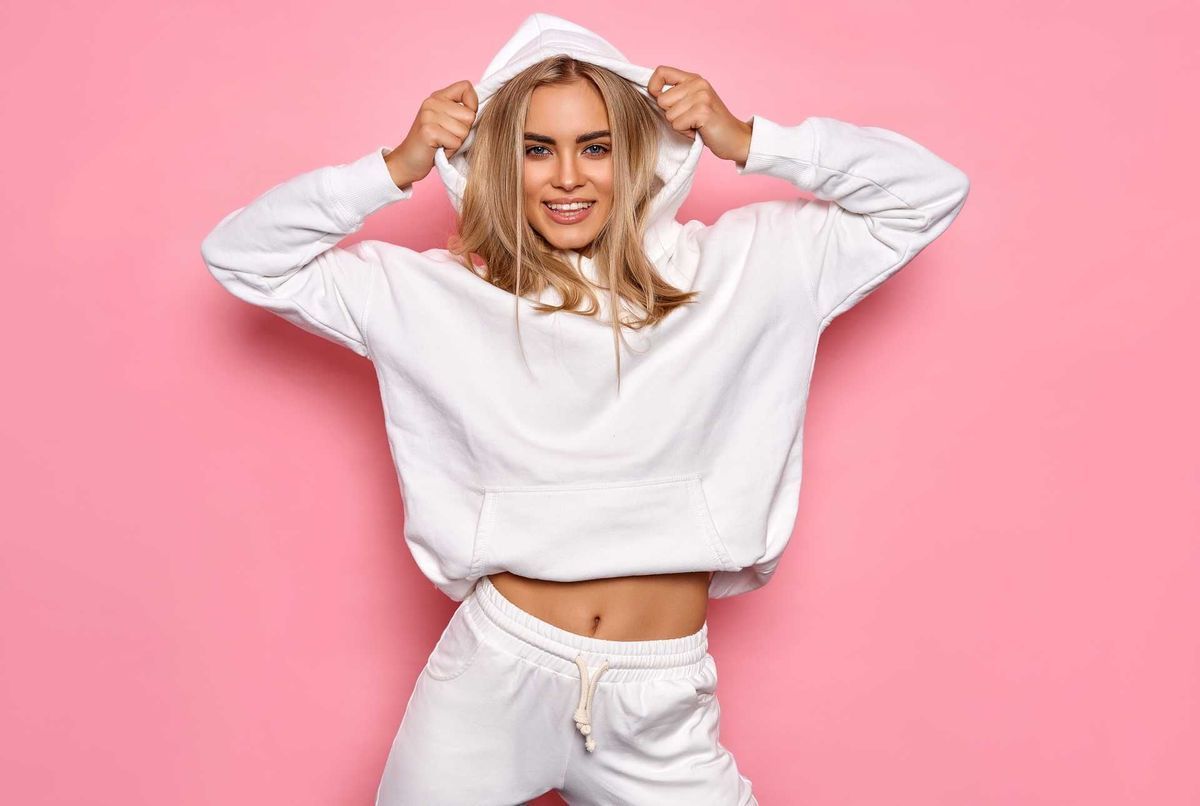The passage of sport codes into fashion has gone hand in hand with a liberation of the status of women, which carries with it the evolution of the way we view the body. Today, women indifferently swap dresses for pants, mix sportswear pieces and elements of the classic suit… As for outerwear (parkas, trench coats, jackets), they combine the quality of protection with added lightness, with a real stylistic reflection. However, this alliance was not forged in a day, as the exhibition to discover at the Museum of Decorative Arts in Paris reminds us, which has questioned the sources of this conversation since Antiquity.
From an adaptation of elegance, from the 19th century, to the affirmation of comfort in the fashion of the 80s, the exchanges first resulted in an evolution of cuts. From now on, technical fabrics are entering the urban wardrobe and exchanges are also taking place in terms of materials. The properties of sports fabrics are of interest to a growing number of designers, for whom streetwear is an inexhaustible breeding ground.
Also discover:Here are the 10 essential fashion trends for fall-winter 2023-2024
A long-term story
The dialogue between fashion and sport began in the 19th century. It is the work of a handful of daring people from the aristocracy and the upper bourgeoisie. Historically, it is the appearance of leisure that makes fashion evolve towards greater ease. In another exhibition, “Fashion in Motion”, the Palais Galliera gives a series of instructive and amusing illustrations: a system of sliding ties made it possible, in the mid-19th century, to lift ladies' dresses during walks. The practice of horse riding, at the very beginning of the 20th century, tolerated jacket, bodice and long skirt with hat sets for amazons, while headdresses were designed for the minority of women taking part in motor sports. The democratization of swimming will influence the cuts: the woolen swimsuit gradually gives way to outfits that free the arms, before the appearance of the first swimsuits. Panties are essential for women cyclists, amid widespread and conservative uproar. All of this accompanies technical progress and the development of jersey, launched by Gabrielle Chanel in 1916. This emergence of sports fashion for women did not occur without turmoil and struggles. The reactions of men are virulent.
Proof of this male resistance, the law of 1800 prohibiting the wearing of pants by women was only officially abolished in 2013. Then, from the 1950s, the rise of ready-to-wear was fueled by references to American sportswear, while the 60s and 70s established the miniskirt (on the tennis courts and in town). Fashion from the 80s, influenced in particular by aerobics and hip-hop, developed an athletic and colorful aesthetic. It is essential with the quest for well-being and the appearance of light and elastic materials. By generalizing sweatshirts, t-shirts, caps and other sports sets, the 90s and 2000s marked the triumph of everyday clothing and sportswear. A sign of this ever-greater rapprochement, capsule collections combining the two worlds are multiplying: Puma and Xuly-Bët in 1995, Yohji Yamamoto and Adidas in 2003, Jacquemus and Nike in 2022… From now on, the porosity between fashion and sport ignores the genders and the distinction between above and below: we go out in bra tops and technical leggings, everyone is in sneakers.
Also discover: With its shoe repairs, VEJA repairs, collects and gives a second life to sneakers
Real challenges for the future
Under the dual pressure of performance and eco-design, the world of sport fuels research and development (R&D). “The qualities of technical fabrics such as comfort, ease of maintenance or thermoregulation are spreading in fashion,” emphasizes Desolina Suter, fashion director at Première Vision. Conversely, the technicality of sports clothing is progressing by taking more account of appearance. We can now do yoga and be stylish. A certain naturalness is gaining ground in sport, which is illustrated by all these mixtures of materials including natural and bio-sourced which impact even the feel of the products. »
Which were traditionally made of nylon, elastane and polyester. Alongside the development of these exchanges, greater attention is being paid to eco-responsibility. We favor recycled materials for making leggings and sports bras at Circle, and fleeces at Lagoped, an outdoor specialist. New materials, made from wood fibers, are on the rise and represent an alternative to polyester. Tencel (better known under the generic name Lyocell), produced by Lenzing, is used for its breathable properties in lingerie or in the tops of the brands Aigle, Circle, Adidas or Lee… In our societies organized around leisure, with more of space given to gentle mobility, the benefits of walking, and more broadly to sports practice, it is a safe bet that this influence will be one of the favorite areas of creation in the decades to come.
- “Fashion and sport, from one podium to another”, Museum of Decorative Arts, in Paris, from September 20, 2023 to April 7, 2024.
- “Fashion in motion”, Palais Galliera, in Paris, until September 7, 2025.

